Dupa plasarea solicitării de comandă, in sectiunea Istoric puteti vedea cate solicitări de comandă mai avem de procesat inaintea dumneavoastra
Program de lucru: Luni - Vineri 8:30 - 17:30, pauza 12:30 - 13:30.
Se efectueaza lucrari de mentenanta la site si pot aparea erori. In cazul in care intampinati erori va rugam sa reincercati mai tarziu.
Ridicarea personala este disponibila pentru comenzile achitate in avans. Se pot ridica dupa ce sunt pregatite.
No products
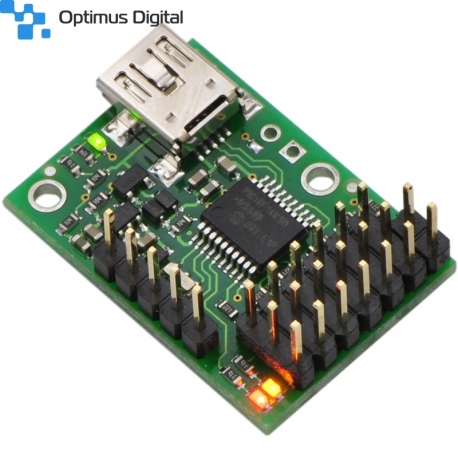 View larger
View larger
Micro Maestro 6-Channel USB Servo Controller (Assembled)
0104110000010674
New product
The six-channel Micro Maestro raises the performance bar for serial servo controllers with features such as a native USB interface and internal scripting control. Whether you want high-performance servo control (0.25 μs resolution with built-in speed and acceleration control) or a general I/O controller (e.g. to interface with a sensor or ESC via your USB port), this tiny, versatile device will deliver.
See description for more details about the product.
Add to cart now!
This product is no longer in stock
- Write a review
- Remove this product from my favorite's list.
- Add this product to my list of favorites.
More info
Getting started with the Maestro Servo Controller
Overview
The Micro Maestro is the smallest of Pololu’s second-generation USB servo controllers. The Maestros are available in four sizes and can be purchased fully assembled or as partial kits:
• Micro Maestro - fully assembled
• Micro Maestro - partial kit
• Mini Maestro 12 - fully assembled
• Mini Maestro 12 - partial kit
• Mini Maestro 18 - fully assembled
• Mini Maestro 18 - partial kit
• Mini Maestro 24 - fully assembled
• Mini Maestro 24 - partial kit
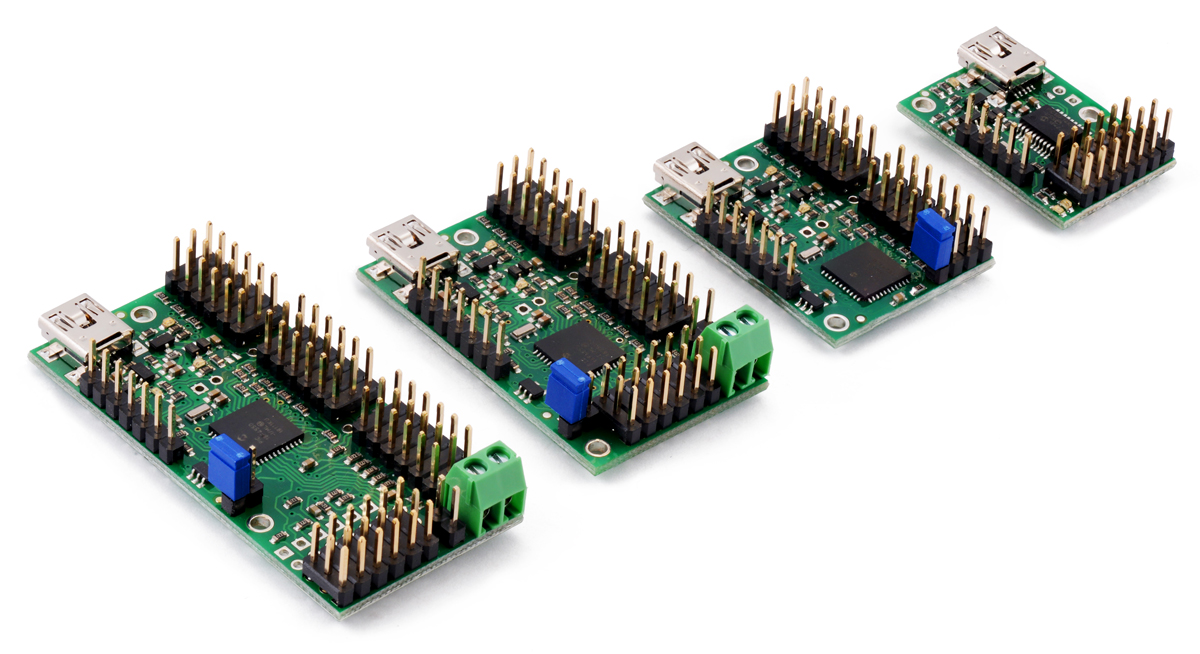
Maestro family of USB servo controllers: Mini 24, Mini 18, Mini 12, and Micro 6..
The Mini Maestros offer higher channel counts and some additional features.
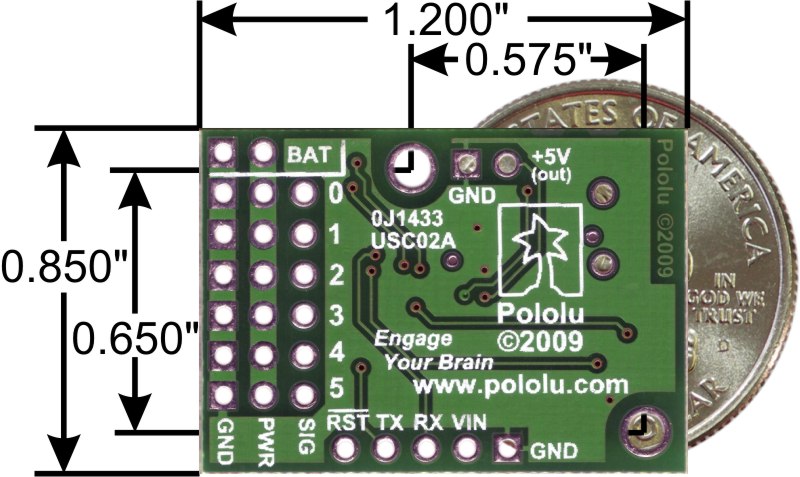
The Micro Maestro is a highly versatile servo controller and general-purpose I/O board in a highly compact (0.85"x1.20") package. It supports three control methods: USB for direct connection to a computer, TTL serial for use with embedded systems, and internal scripting for self-contained, host controller-free applications. The channels can be configured as servo outputs for use with radio control (RC) servos or electronic speed controls (ESCs), as digital outputs, or as analog inputs. The extremely precise, high-resolution servo pulses have a jitter of less than 200 ns, making these servo controllers well suited for high-performance applications such as robotics and animatronics, and built-in speed and acceleration control for each channel make it easy to achieve smooth, seamless movements without requiring the control source to constantly compute and stream intermediate position updates to the Micro Maestro. Units can be daisy-chained with additional Pololu servo and motor controllers on a single serial line.
A free configuration and control program is available for Windows and Linux, making it simple to configure and test the device over USB, create sequences of servo movements for animatronics or walking robots, and write, step through, and run scripts stored in the servo controller. The Micro Maestro’s 1 KB of internal script memory allows storage of servo positions that can be automatically played back without any computer or external microcontroller connected.
Because the Micro Maestro’s channels can also be used as general-purpose digital outputs and analog inputs, they provide an easy way to read sensors and control peripherals directly from a PC over USB, and these channels can be used with the scripting system to enable creation of self-contained animatronic displays that respond to external stimuli and trigger additional events beyond just moving servos.
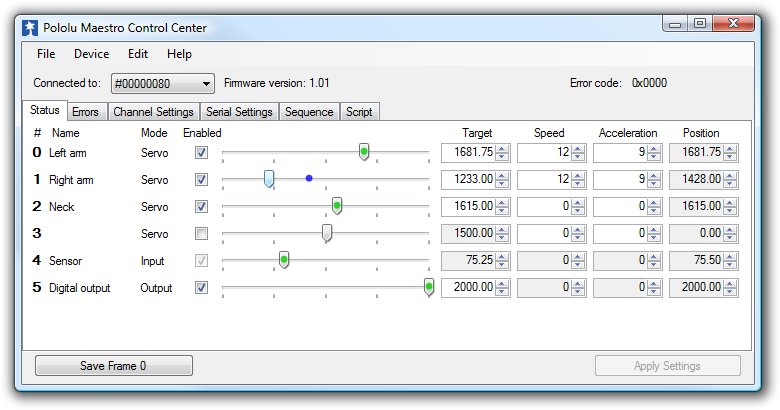
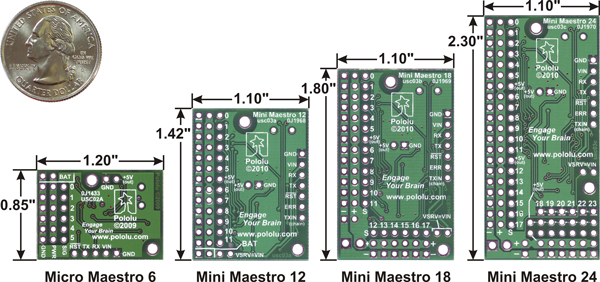
Bottom view with dimensions (in inches) of Pololu Micro and Mini Maestro servo controllers.
The Micro Maestro is available fully assembled with 0.1" male header pins installed as shown in the product picture. A USB A to mini-B cable (not included) is required to connect this device to a computer. The Micro and Mini Maestros have 0.086" diameter mounting holes that work with #2 and M2 screws.
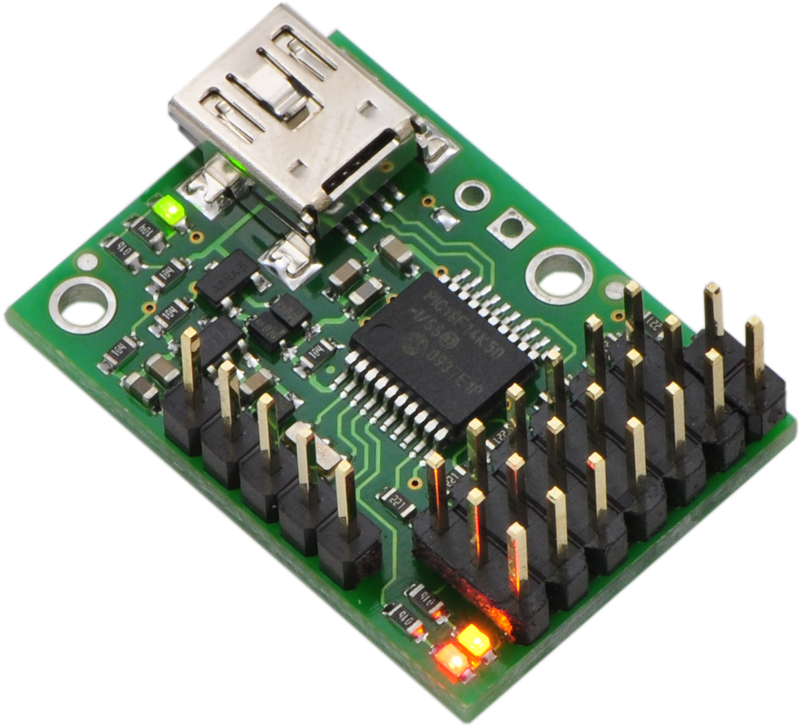
Micro Maestro 6-channel USB servo controller assembled.
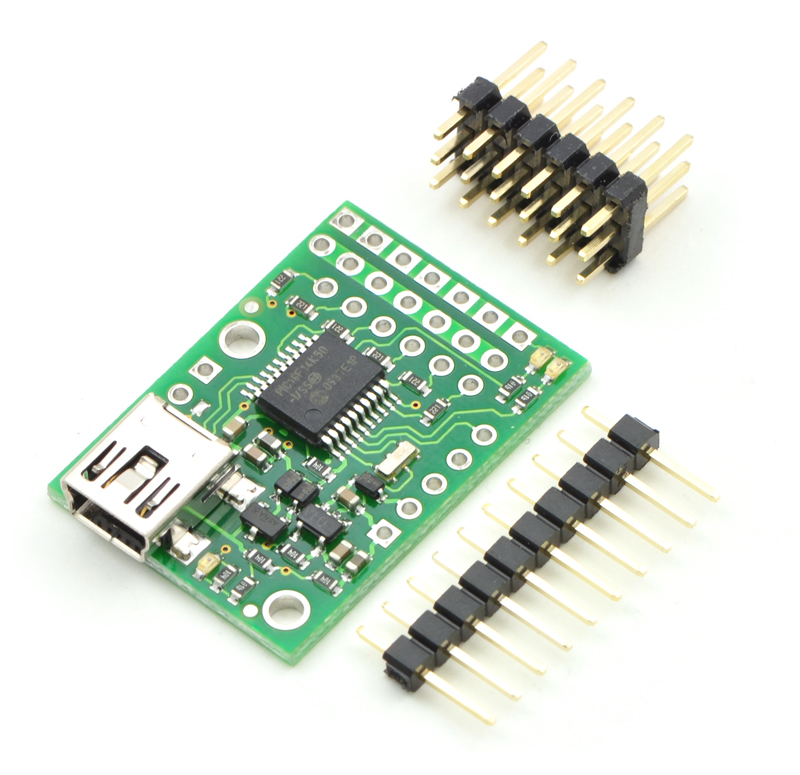
Micro Maestro 6-channel USB servo controller partial kit.
Main Features
• Three control methods: USB, TTL (5 V) serial, and internal scripting
• 0.25 μs output pulse width resolution (corresponds to approximately 0.025° for a typical servo, which is beyond what the servo could resolve)
• Pulse rate configurable from 33 Hz to 100 Hz (2)
• Wide pulse range of 64 μs to 3280 μs (2)
• Individual speed and acceleration control for each channel
• Channels can be optionally configured to go to a specified position or turn off on startup or error
• Channels can also be used as general-purpose digital outputs or analog inputs
• A simple scripting language lets you program the controller to perform complex actions even after its USB and serial connections are removed
• Comprehensive user’s guide
_1.jpg)
• Free configuration and control application for Windows makes it easy to:
○ Configure and test your controller
○ Create, run, and save sequences of servo movements for animatronics and walking robots
○ Write, step through, and run scripts stored in the servo controller
• Two ways to write software to control the Maestro from a PC:
○ Virtual COM port makes it easy to send serial commands from any development environment that supports serial communication
○ Pololu USB Software Development Kit allows use of more advanced native USB commands and includes example code in C#, Visual Basic .NET, and Visual C++
• TTL serial features:
○ Supports 300 bps to 200000 bps in fixed-baud mode, 300 bps to 115200 bps in autodetect-baud mode (2)
○ Simultaneously supports the Pololu protocol, which gives access to advanced functionality, and the simpler Scott Edwards MiniSSC II protocol (there is no need to configure the device for a particular protocol mode)
○ Can be daisy-chained with other Pololu servo and motor controllers using a single serial transmit line
○ Can function as a general-purpose USB-to-TTL serial adapter for projects controlled from a PC
• Our Maestro Arduino library makes it easier to get started controlling a Maestro from an Arduino or compatible boards like our A-Stars
• Board can be powered off of USB or a 5 V to 16 V battery, and it makes the regulated 5V available to the user
• Compact size of 0.85" x 1.20" (2.16 x 3.05 cm) and light weight of 0.17 oz (4.8 g) with headers
• Upgradable firmware
_2.png)
The Micro and Mini Maestros are available with through-hole connectors preinstalled or as partial kits, with the through-hole connectors included but not soldered in. The preassembled versions are appropriate for those who want to be able to use the product without having to solder anything or who are happy with the default connector configuration, while the partial kit versions enable the installation of custom connectors, such as right-angle headers that allow servos to be plugged in from the side rather than the top, or colored header pins that make it easier to tell which way to plug in the servo cables. The following picture shows an example of a partial-kit version of the 24-channel Mini Maestro assembled with colored male header pins:
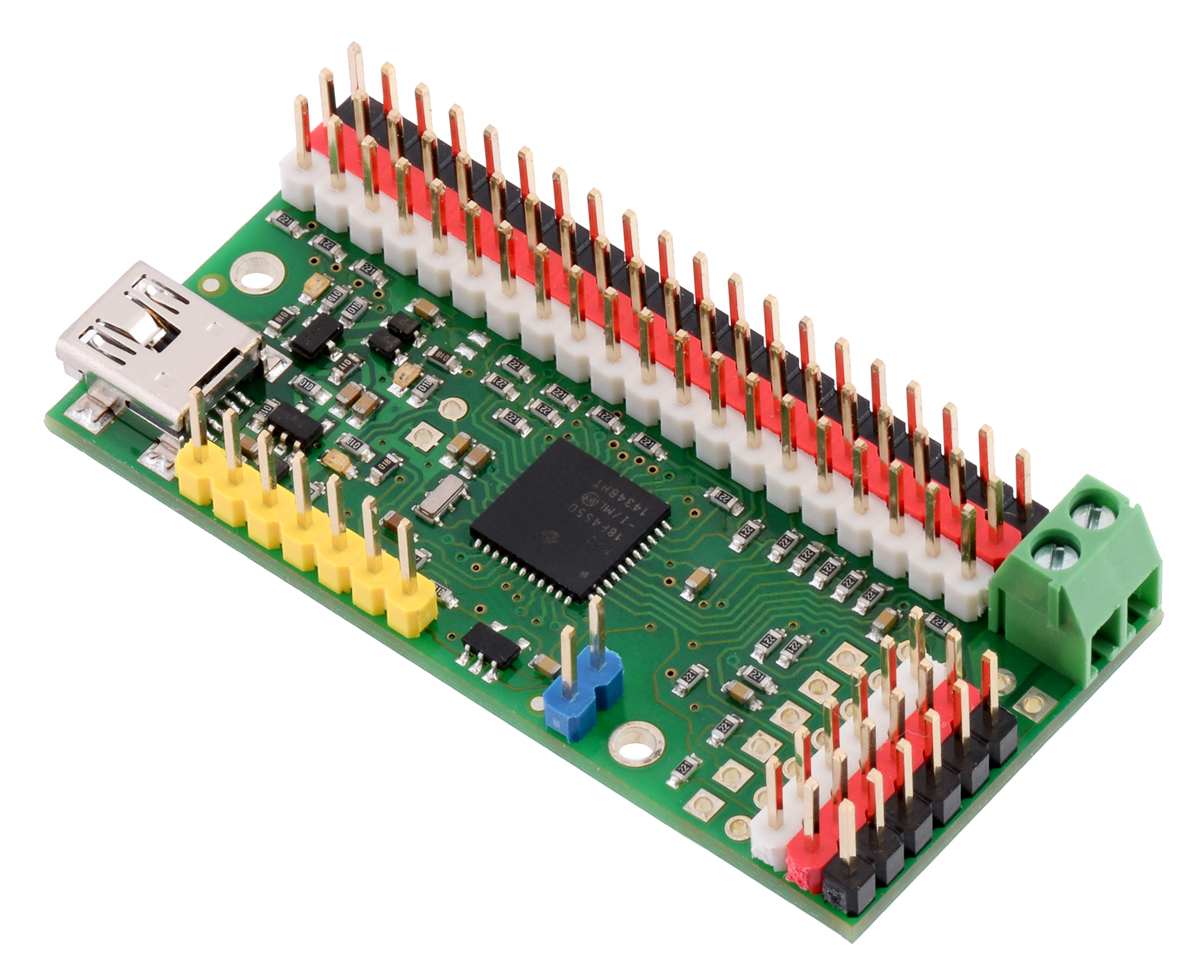
24-channel Mini Maestro (partial kit version) assembled with colored male header pins.
Application Examples and Videos
• Serial servo controller for multi-servo projects (e.g. robot arms, animatronics) based on BASIC Stamp or Arduino platforms.
• PC-based servo control over USB port
• PC-based control of motors by interfacing with an ESC over USB
• PC interface for sensors and other electronics:
○ Read a gyro or accelerometer from a PC for novel user interfaces
• General I/O expansion for microcontroller projects
• Programmable, self-contained Halloween or Christmas display controller that responds to sensors. The picture to the right and the video below show a self-contained hexapod robot that uses three micro servos and two digital distance sensors for autonomous walking.
• Self-contained servo tester
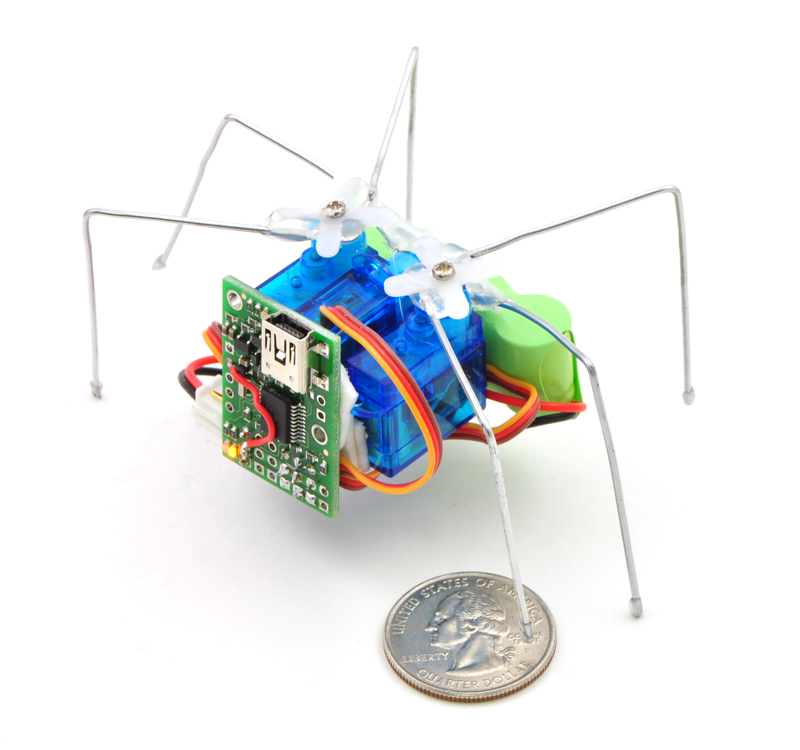
Micro Maestro as the brains of a tiny hexapod robot.
An example setup using a Micro Maestro to control a ShiftBar and Satellite LED Module is shown in the picture below and one of the videos above. Maestro source code to control a ShiftBar or ShiftBrite is available in the Example scripts section of the Maestro User’s guide.
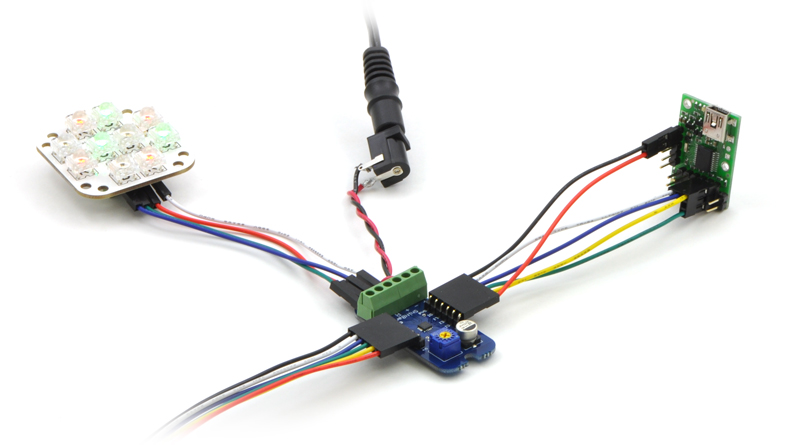
Connecting the Micro Maestro to a chain of ShiftBars. A single 12V supply powers all of the devices.
Specifications
Dimensions
| Size: | 0.85" x 1.20" |
| Weight: | 4.8 g |
General specifications
| Channels: | 8 |
| Baud: | 300 - 200000 bps1 |
| Minimum operating voltage: | 5 V |
| Maximum operating voltage: | 16 V |
| Supply current: | 30 mA2 |
| Partial kit?: | N |
Notes:
1 Autodetect works from 300 - 115200 bps.
2 With USB disconnected and all LEDs on. Connecting USB draws around 10 mA more.
Don't delay. Buy today.
Add to cart now!
Reviews
Customers who bought this product also bought:
-
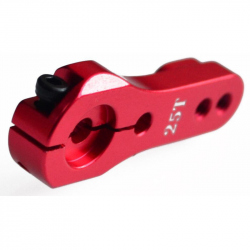
25T...
25T Servomotor Rocker for MG995 and MG996 See...
$2.40
-
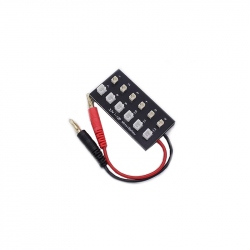
Micro...
The board is terminated in 4mm male banana...
$6.00
-
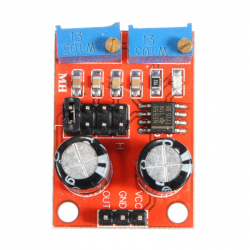
Adjustable...
This module uses NE555 integrated circuit to...
$1.08
-
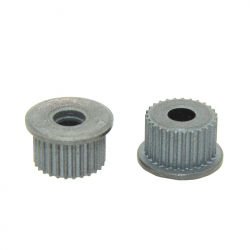
Metal Gear...
This metal output shaft gear can be easily used...
$0.36
-
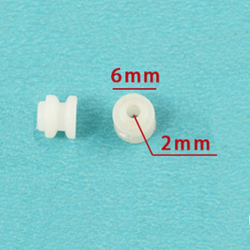
6 mm Pulley...
6 mm Pulley Wheel See description for more...
$0.18
-
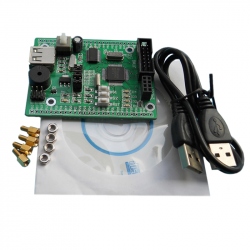
MSP430...
Development board with MSP430 microcontroller...
$14.40
-
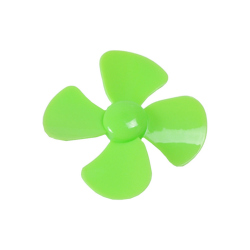
40 mm Green...
This 40 mm green propeller is a plastic...
$0.36
-
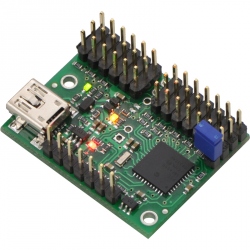
Mini Maestro...
The 12-channel Mini Maestro 12 raises the...
$72.00
-
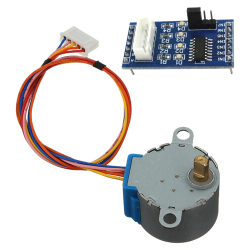
ULN2003...
This product contains a 5 V stepper motor and a...
$4.07
-
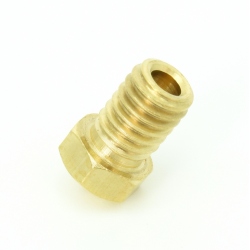
3D Printer...
This 0.2/1.75 mm nozzle is suitable for your 3D...
$1.14
















